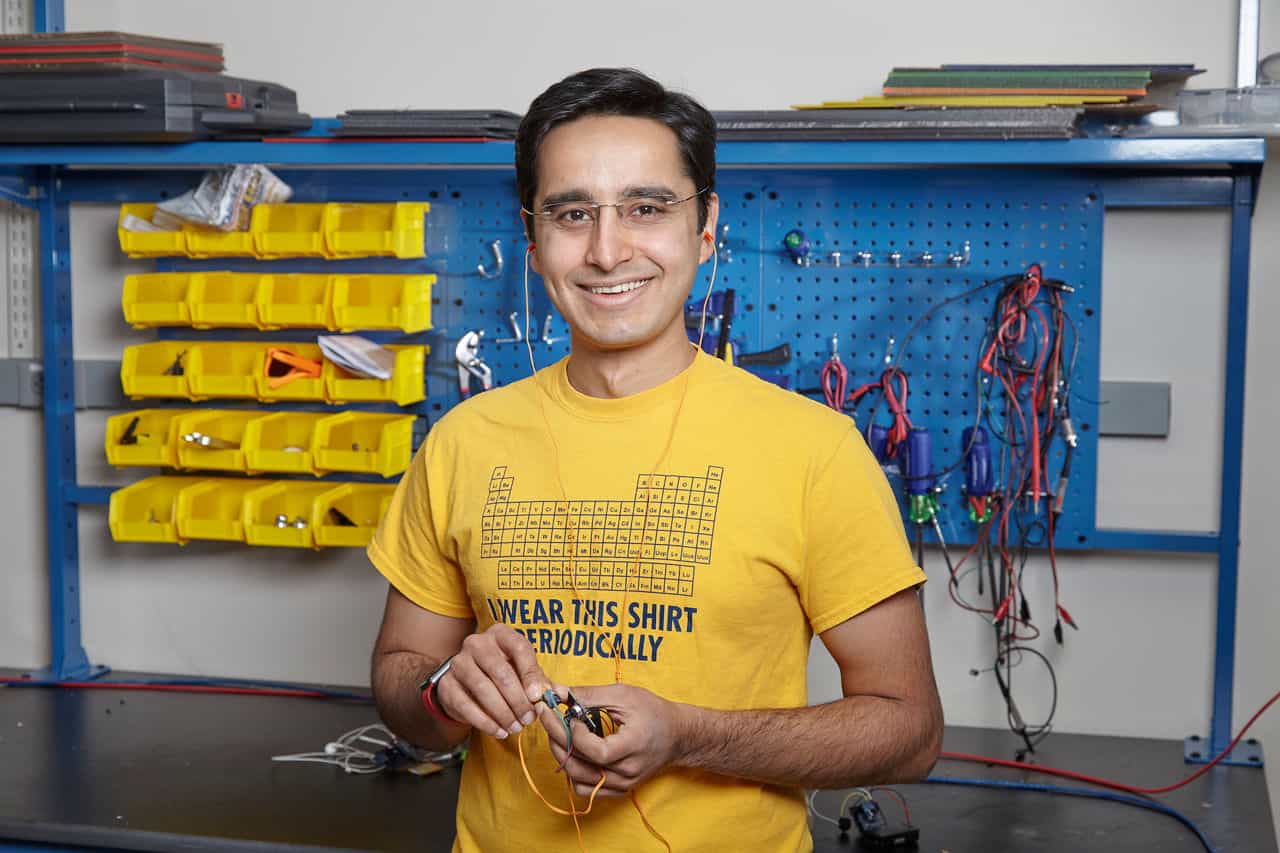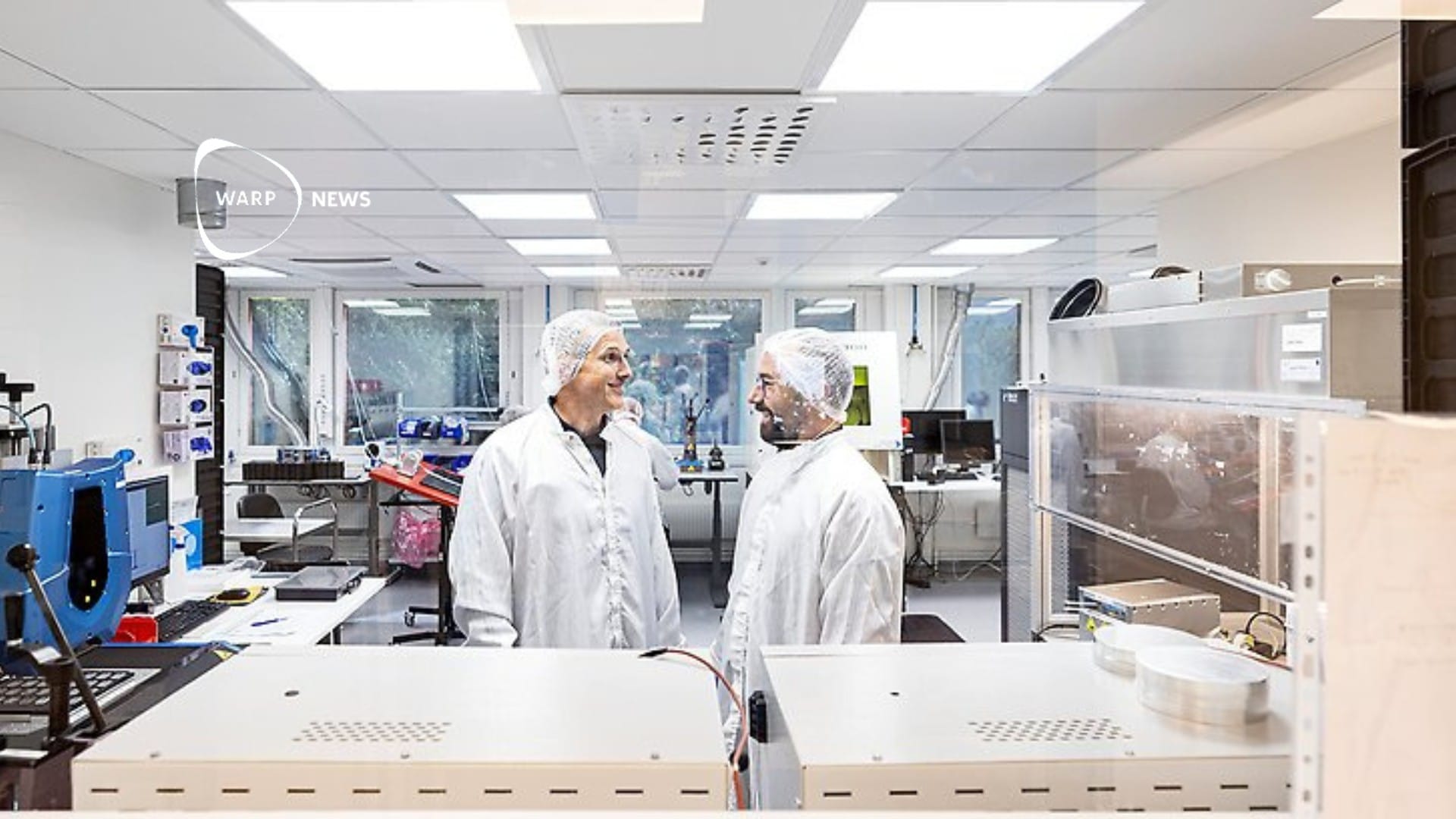
🦻 Device for $1 can help millions with hearing loss
You can build your own Saad Bhamla hearing aid and it consists of parts that are cheap and easy to find. The device can help millions of people suffering from age-related hearing loss at a price that is lower than for a bottle of water.
Share this story!
When Saad Bhamla was studying in Mumbai, he wanted to do something for his grandparents: buy them a hearing aid. But he was shocked at how expensive it was, there was no chance he could afford to buy them. Now, 15 years later, he is a fully trained biotechnologist and has invented a device that can help not only his own but grandparents around the world, Science reports .
Saad's hearing aid is a DIY kit, you can build it yourself, and consists of parts that are cheap and easy to find. The device, described in a new study , can help millions of people suffering from age-related hearing loss at a price lower than a bottle of water.
Frank Lin, an ear, nose and throat doctor at the Cochlear Center for Hearing and Public Health at Johns Hopkins University, says the new device is "incredibly convincing".
Globally, 230 million people over 65 have some form of hearing loss. It is usually loud noises that become more difficult to distinguish, such as electronic beeps or sounds such as "s" and "th". Conversations can be perceived as mumble and background noise can feel distracting and annoying. This type of hearing loss can make people who suffer from it become isolated. According to Frank Lin's research, there are also indications that this is accelerating a cognitive decline.

To improve hearing, many older people use hearing aids that can amplify the sound at the frequencies that the person has difficulty hearing. The problem is that hearing aids often cost a great deal, often up to SEK 50,000, which makes them a luxury item in many countries. There are models that cost around SEK 5,000, but they are not adaptable and Saad Bhamla is similar to them with "cheap headphones in an airplane".
Saad and his team thought this was something they should be able to solve, so they started experimenting and developing a new kind of device.
They soldered a microphone to a small circuit board to capture nearby sounds and added an amplifier and a frequency filter to specifically increase the volume of high sounds above 1000 hertz. Then they added a volume control, an on / off switch and an audio jack to connect standard headphones as well as a battery holder. The device, called LoCHAid, is as big as a matchbox and can be worn as a necklace.
In larger volumes, says Bhamla, it would cost just under SEK 10 to buy the parts. But anyone can download the drawings via GitHub , produce the soldering iron and buy the parts on their own for between 150 and 200 kronor, he says. The parts are easy to get hold of and if you are reasonably handy with the soldering iron, it does not take more than 30 minutes to assemble.
But technology is only half the battle. LoCHAid will now be clinically tested and approved as a hearing aid. The ultimate goal for Saad Bhamla and his team is that the hearing aid can be sold over the counter, without a prescription. Then they can help millions of people with hearing loss to get help.
Photo by Saad Bhamla: Craig Bromley.
By becoming a premium supporter, you help in the creation and sharing of fact-based optimistic news all over the world.


